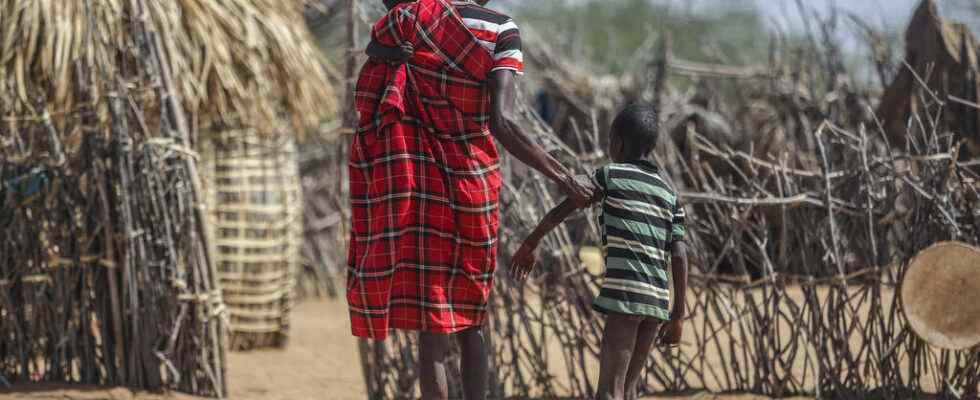As one of the consequences of the extreme drought that continues to plague Kenya – and more generally in East Africa – thousands of children are being forced to drop out of school. This is the case, for example, in the county of Garissa, in the north-east of Kenya, where the absence of water and pasture forces families to move and makes any schooling impossible.
From our special correspondent in Garissa,
Lou Vincent is deputy director of this school in Goreyale. He had never seen the number of students drop to such an extent: Before the droughtwe had more than 700 students and now it fluctuates between 450 and 500. They are families of pastoralists. So if they have to travel very far with their herds to find water and pasture, they take their children with them. »
After seven months of nomadism, far from the school benches, Aboubakar Ahmed has just returned to school: ” I followed my family, they are still there. I am staying with a relative. I missed school a lot, and I missed an exam but I’m doing everything to catch up “.
Last September, after already three years of drought, the management had nevertheless decided to double the quantity of food offered to the pupils, explains Ahmed Omar, head teacher: “ This is our rice. Before, we prepared about 15 kilos a day. Now we are 30 kilos. We do this, hoping to keep the kids in school. »
But the teacher fears that this is not enough. Not a drop of water has fallen for two years in Goreyale. And what was supposed to be the rainy season is coming to an end.
According to Ocha, more than 18 million people are already facing high levels of acute food insecurity and growing malnutrition in the three countries of the Horn of Africanamely Ethiopia, Kenya and Somalia.
► Read also: Exasperation and anger in Kenya over the soaring cost of living
